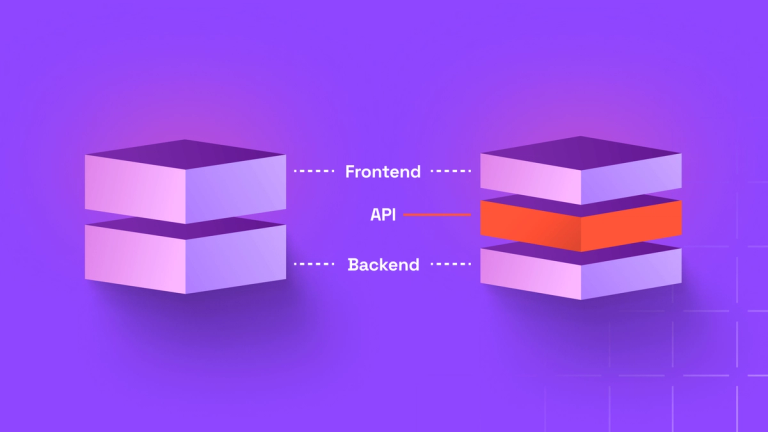Headless vs Composable: What’s Best for Your Business?
Discover the differences between Headless and Composable architectures and learn which is best for your business. Understand the benefits, see real-world examples, and find out how these modern approaches can enhance your digital presence and drive success.

In the ever-evolving world of digital marketing and web development, two terms are creating a buzz: Headless and Composable. Understanding these concepts can be a game-changer for your business. But what do they mean, and how do they differ? Let's break it down in simple terms.
What is Headless?
A headless system, especially a headless CMS, separates the front end (what users see) from the back end (where content is managed). Traditionally, a CMS like WordPress handles both the content and how it's displayed on your site. In a headless setup, these two parts are decoupled.
Key Benefits of Headless CMS:
- Flexibility: Developers can use any front-end technology they prefer, giving them
- \the freedom to create unique and highly customizable user experiences.
- Performance: Since the front end and back end are separate, the website can load faster, improving user experience and SEO rankings.
- Scalability: Easily manage and deliver content across multiple platforms and devices, from websites to mobile apps and even IoT devices.
Examples of Headless Websites
Nike
![]() image
image
Nike uses a headless CMS to deliver fast and engaging experiences across web and mobile platforms. The technical stack includes a React front end, GraphQL for data querying, and Contentful CMS as theie headless content management system.
Impossible Foods
![]() image
image
Impossible Foods leverages a headless CMS to provide a dynamic and responsive website experience. Their stack includes a Vue.js front end, a Node.js back end, and Contentful CMS.
Spotify
![]() image
image
Spotify uses a headless architecture to manage content and deliver it to various platforms, including their web and mobile apps. The stack includes React for the front end, Apollo for state management and GraphQL, and Strapi CMS.
What is Composable?
Composable architecture takes the headless concept further by allowing businesses to pick and choose different best-of-breed services and components to build their digital experience. It’s like creating a custom meal by selecting your favorite dishes from various restaurants.
Key Benefits of Composable Architecture:
- Customization: You can tailor each part of your digital ecosystem to perfectly fit your business needs.
- Agility: Quickly adapt to market changes by swapping out individual components without overhauling the entire system.
- Innovation: Stay ahead of the competition by integrating the latest and greatest technologies as they become available.
Examples of Composable Websites
LEGO
![]() image
image
LEGO uses a composable architecture to create a personalized and engaging shopping experience. Their technical stack includes React for the front end, GraphQL for data management, and various microservices for search, personalization, and e-commerce functionalities.
Netlify
![]() image
image
Netlify employs a composable architecture to provide seamless integration of various tools and services, enhancing the user experience. The stack involves React for the front end, JAMstack principles, and a combination of microservices for different functionalities.
Peloton
![]() image
image
Peloton uses a composable architecture to integrate content, e-commerce, and community features seamlessly. Their stack includes a React front end, various APIs for content delivery and user interaction, and microservices for specific functions like payment processing and user management.
Headless vs. Composable: The Key Differences
While both headless and composable architectures aim to provide flexibility and enhance digital experiences, they differ in scope and approach.
1. Scope:
- Headless: Focuses mainly on decoupling the content management system from the presentation layer.
- Composable: Goes beyond just the CMS, integrating multiple components like e-commerce, search, personalization, and analytics from various vendors.
2. Integration:
- Headless: Usually integrates with a single back-end system (the CMS).
- Composable: Integrates multiple services and systems, allowing for a more modular and tailored approach.
3. Flexibility:
- Headless: Offers flexibility in front-end development but is still reliant on the chosen CMS for content management.
- Composable: Provides full flexibility across the entire digital ecosystem, from content to commerce to customer data.
Which One Should You Choose?
The choice between headless and composable depends on your business needs and goals.
Choose Headless If:
- You want to improve the speed and performance of your website.
- You need more flexibility in how content is presented.
- You are primarily focused on delivering content across various channels efficiently.
Choose Composable If:
- You require a highly customized and adaptable digital experience.
- You want to integrate various specialized tools and services.
- You need to be agile and responsive to market changes and technological advancements.
Conclusion
Both headless and composable architectures offer significant advantages over traditional systems. The key is to understand your specific needs and choose the approach that aligns best with your business goals. Whether you need the simplicity and speed of a headless CMS or the full flexibility and customization of a composable architecture, embracing these modern solutions can help your business stay competitive in the digital age.
By adopting the right strategy, you can enhance your digital presence, improve user experiences, and ultimately drive more success for your business.
If you're interested in developing a Headless or Composable architecture for your business, we'd love to help. Reach out to us to explore your options and get started.



